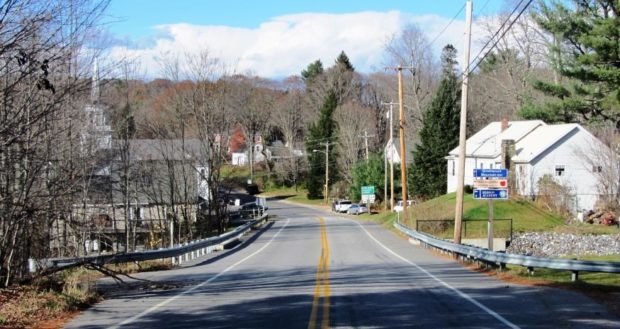Mapleton
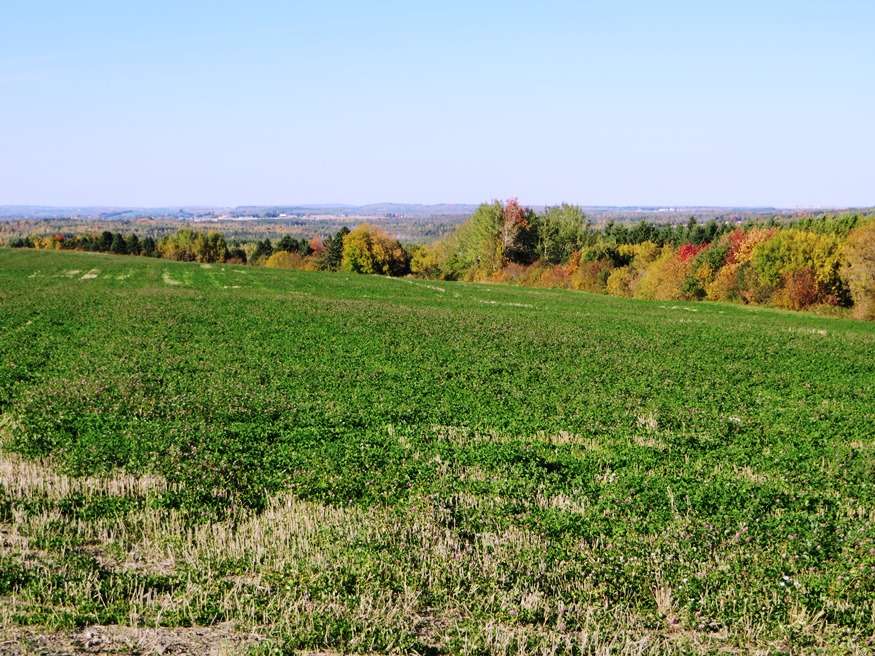
is a town in Aroostook County, incorporated in 1880 from Mapleton Plantation. The early settlers, arriving in about 1836, were from New Brunswick. Potatoes have been a major part of its economy in the 19th and 20th centuries. The Aroostook War of the 1840s discouraged settlement until the 1850s.


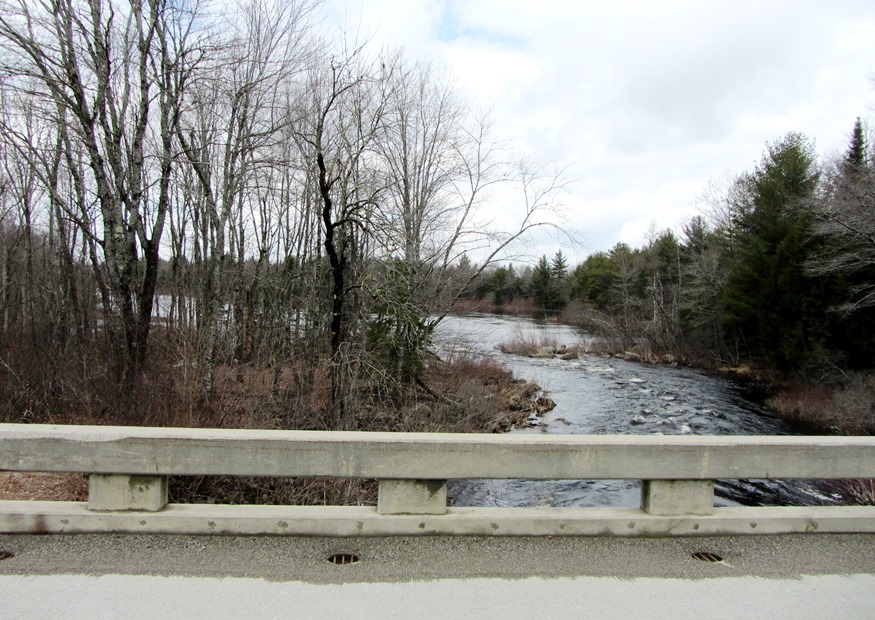

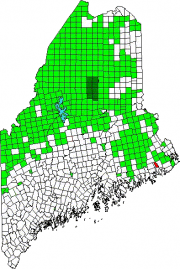

![Upper Gordon Falls on the Mattawamkeag River (2016) [See video]](https://maineanencyclopedia.com/wp-content/uploads/160425-RW014-Copy.jpg)


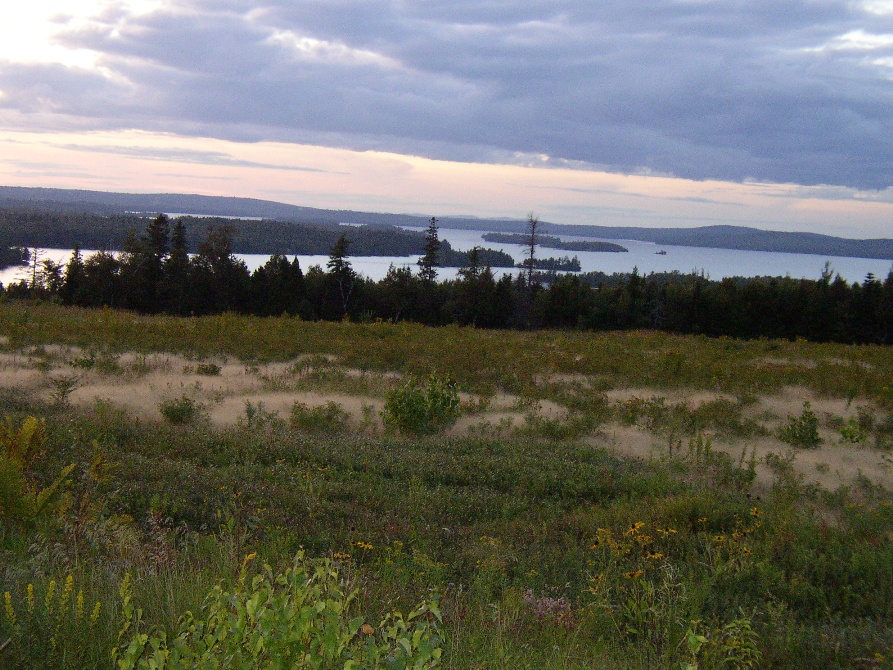

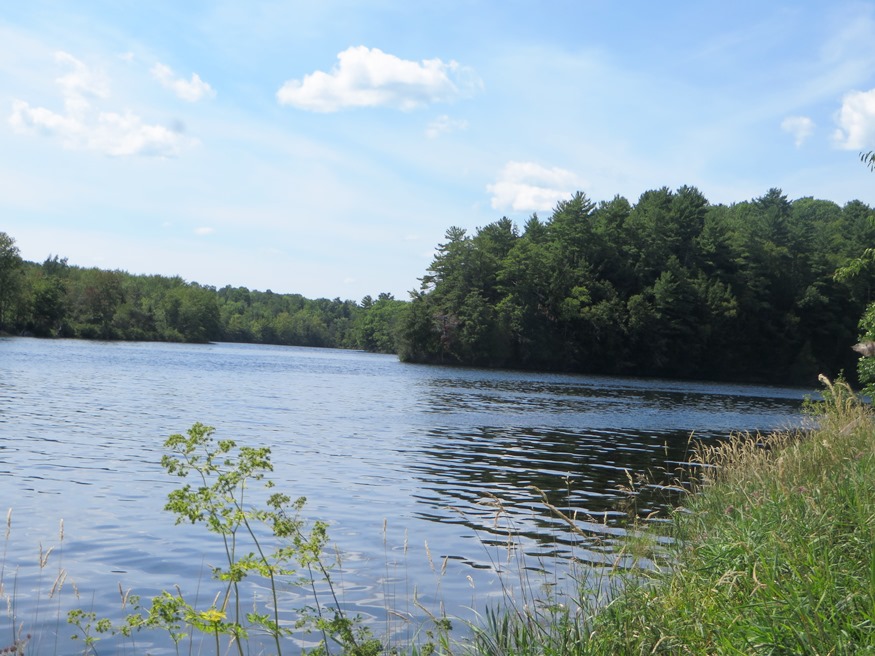
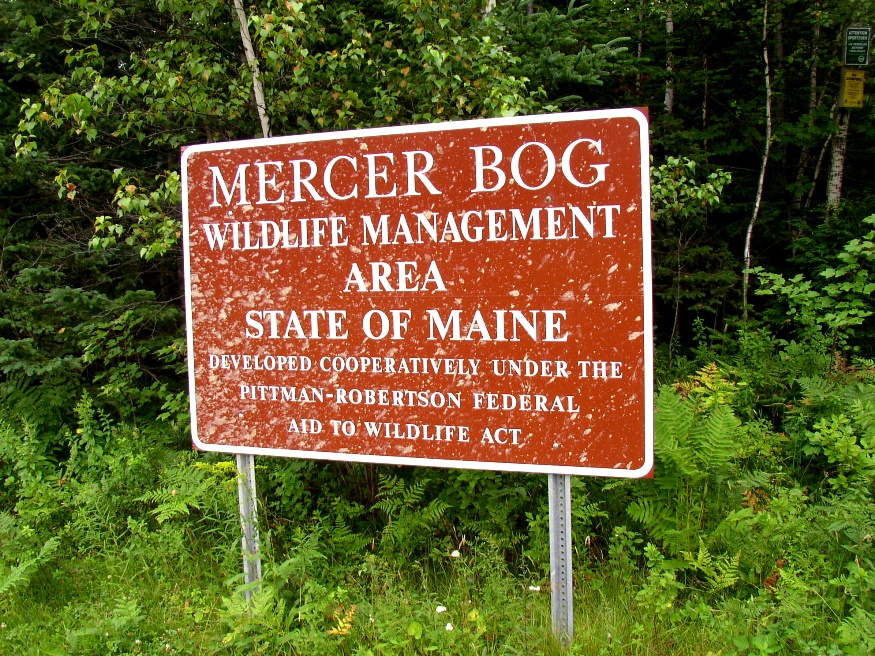
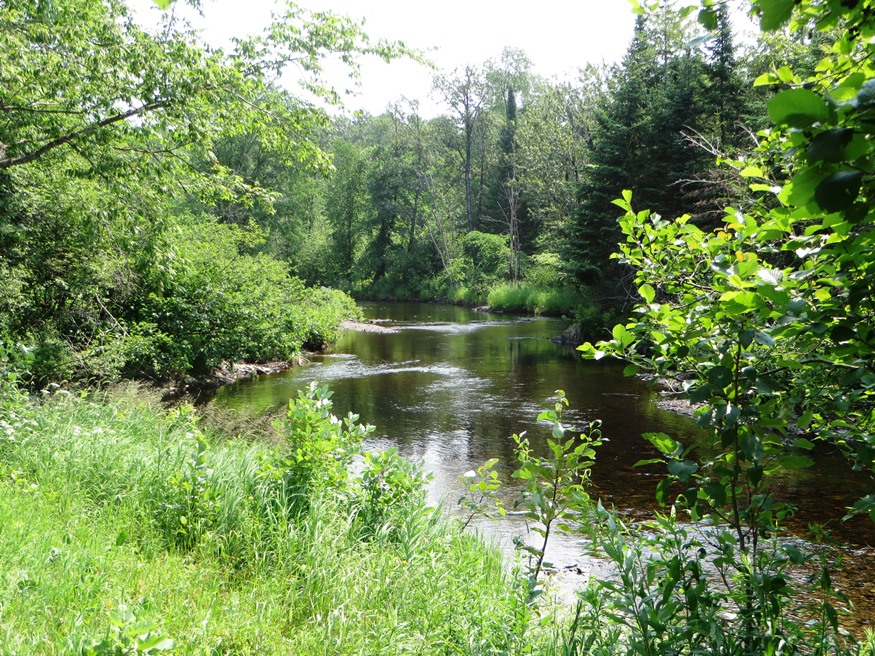
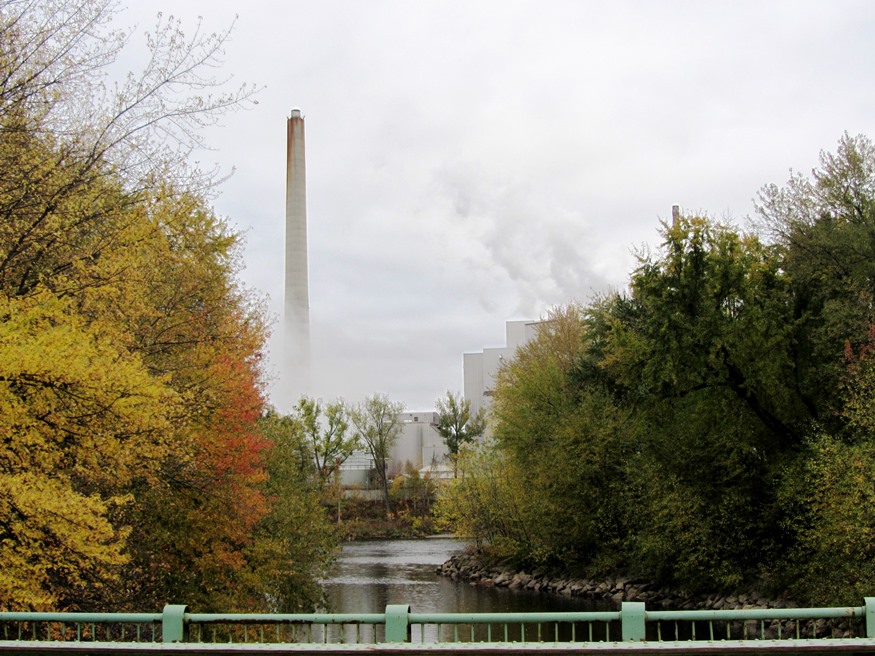

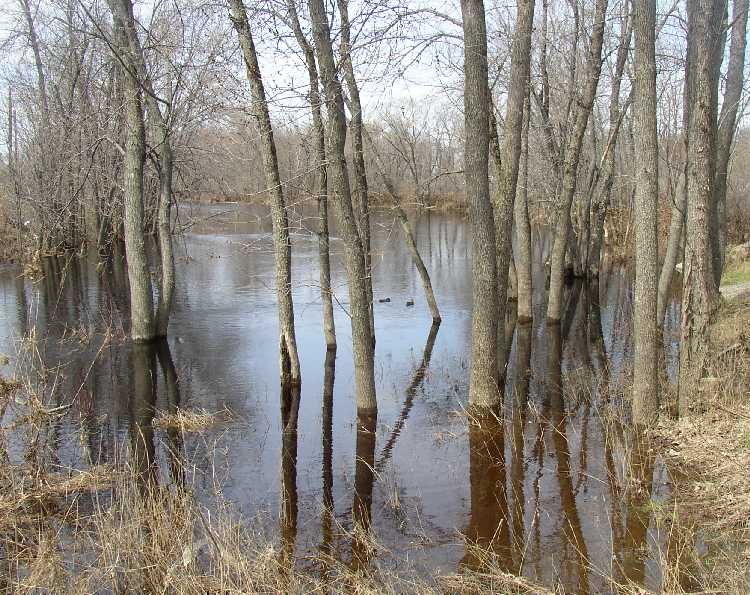
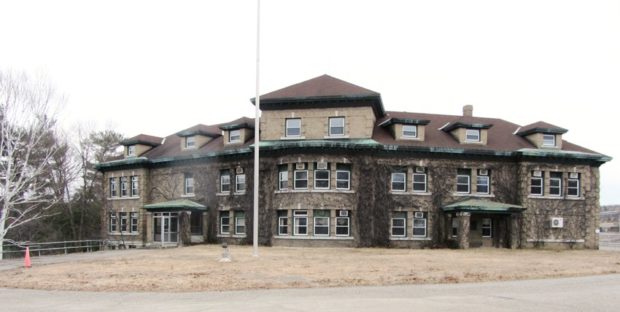
![House and Barn in Milo on Route 11 [Park Street] (2014)](https://maineanencyclopedia.com/wp-content/uploads/140426087-Copy-2-1.jpg)
